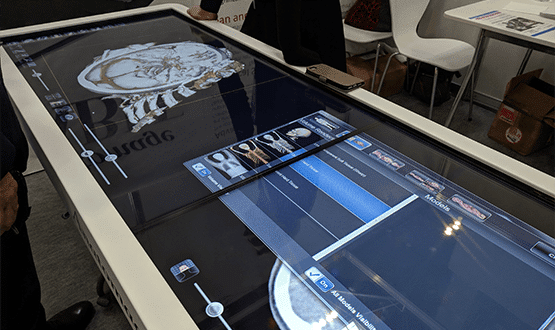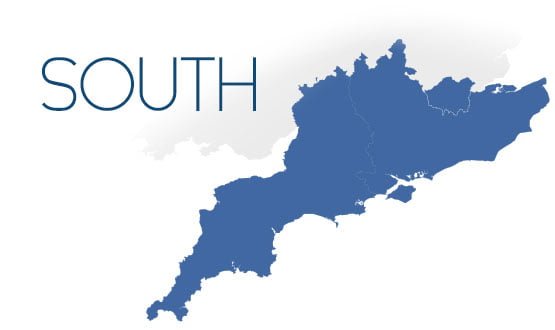Professions invited to advise Connecting for Health
- 6 May 2005
A new set of advisory groups intended to involve professional organisations in the work of Connecting for Health (CfH), formerly the National Programme for IT, started to take shape this week at a meeting in London.
Nurses, midwives, doctors, dentists, the allied health professions and optometrists were among the groups drawn together to establish Clinical Information Advisory Groups with a mission to support CfH in “delivering systems to improve patient safety.”
The intention is that representatives will meet in person regularly keep up a continuing conversation online with CfH between meetings. The groups represent the latest push from the agency to improve clinical engagement, an area seen as an Achilles’ heel.
The groups are a reincarnation of specialist clinical information groups previously supported by the NHS Information Authority and will represent the interests of allied health professionals, nurses and doctors.
National clinical leads appointed earlier this year with a dual brief to represent Connecting for Health to their respective professions and represent their professions’ views back to the agency, will chair the groups.
GP clinical lead, Dr Gillian Braunold told a press briefing before the meeting said the groups would provide “an interface to make sure the professional representative groups have a place to be involved”.
How will they fit into the power structure of Connecting for Health? Dr Braunold said that the clinical leads [as chairs of the groups] would report back to the Care Record Development Board.
“If a group feels very strongly about something, they can take it on to board level within the programme,” she explained.
The groups’ role will be consultative and advisory. The groups will not ‘sign off’ policy, but Dr Braunold emphasised: “They need to be a proper interface where professions are consulted on things we need their input on.”
The meeting this week was billed very much as starting point and a consultation on how the professions wanted to manage the relationship. E-Health Insider sat in on the first session – see Comment and Analysis




